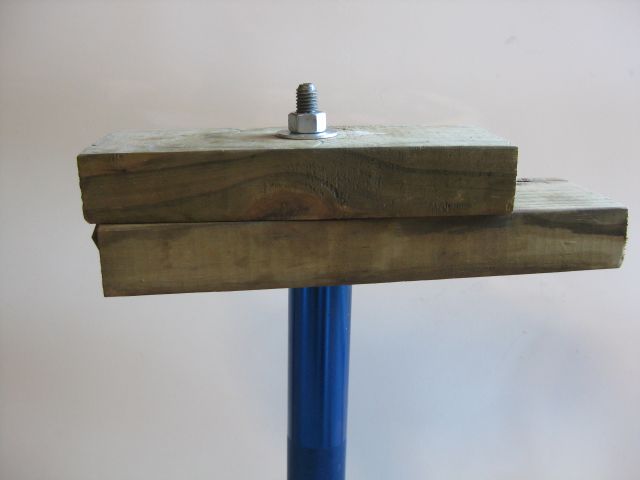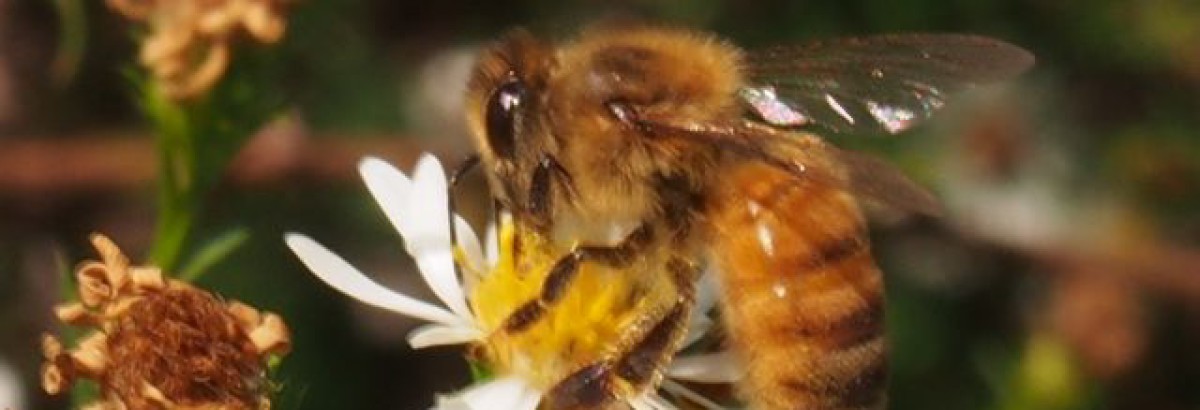Yesterday morning I did not need a weather forecast to know cold was incoming and that it was time to protect some of the plantings. Of the 12 fruit trees installed earlier this year, the Gold Nugget loquat was the most vulnerable. The loquat is suited for sub-tropical to mild temperate zones and freezing temperatures will kill the buds if not the tree. My loquat did not do very well this summer, probably too hot for it, but I will do what I can to help it and first steps was to winterwrap it. Since it is only a few feet tall, it fitted easily into one of my tomato cages, which I had made from welded steel wire re-mesh. I then wrapped the cage and the space above the tree with agripon AG-30 row cover, as shown below.
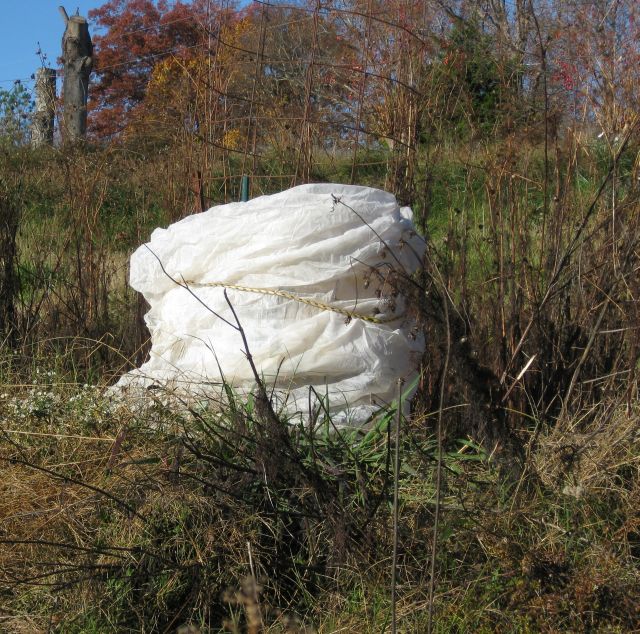
Next to the vegetables. I have two raised beds where I am growing several varieties of lettuce as well as spinach, kale etc. Rather than using a hoop system my thought is to drape row covers over the beds just above the vegetables. This should be less vulnerable to strong winds and may offer better protection. For my first bed I bridged the long sides of the bed with two cedar posts and then strapped a 4″ pvc drain pipe to the posts and draped the row crop over this. Below is the finished product as it appeared this morning (you can see the frost on the adjacent strawberries):
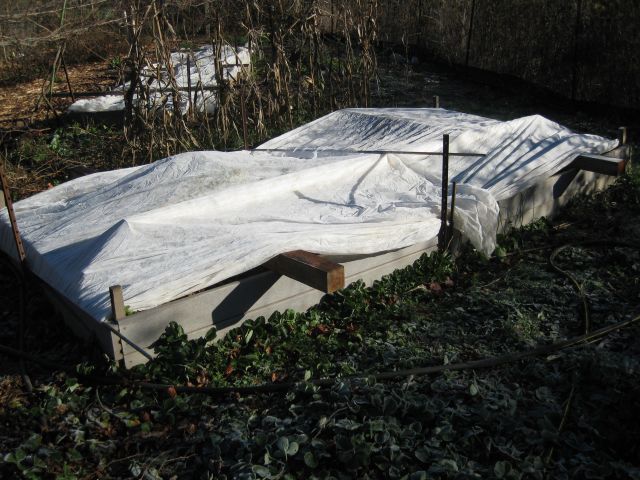
If the description was difficult to follow, here is a shot with the row cover removed:

Only half of this bed is being used for vegetables. I have extensively planted the other half and also the spaces between the vegetables with garlic. For my second bed I simply placed the row cover over the vegetables and secured with 3 2×4 untreated planks, as shown below:

The temperature fell to 22 degrees and the vegetables did fine, though it was not a heavy frost. Since temperatures are predicted to stay above freezing for the next five days, I removed the covers this morning, a simple task which took just a few minutes.

My new chicken coop is working out great. Air can flow freely out the rafters at the top and I leave two of the windows slightly ajar. I was curious to learn how cold it really gets. I transplanted my two min max thermometers from my greenhouse to the coop and sited one outside at the door and the other on the partition which divides the coop into the old flock and new flock areas. This morning the outside temperature was 22 degrees and the inside temperature was 36 degrees, higher mostly I would think because of the heat of the birds. My greenhouse, which is fully enclosed, only provides a differential of about 10 degrees between outside cold and inside temperatures.

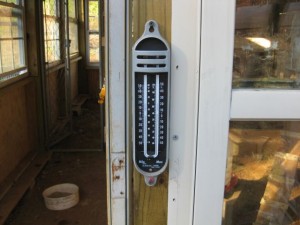
Since power outages may be expected, I checked my flashlights and found that my large 4 cell mag-lite was not functioning. Two of the 4 batteries had leaked and corroded the inside. Removing the batteries proved near impossible. I decided to drill a hole into the bottom of the battery and screw a large lag eye bolt into the battery and, with the assistance of a helper, pull them apart. After much tugging the bolt separated from the battery and the battery remained, unmoved, in the flashlight body. I then located a larger diameter hanger bolt and screwed this into the battery.
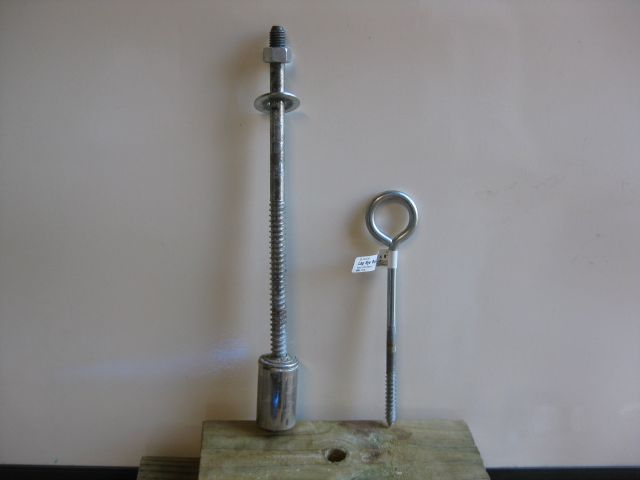
I no longer had my helper but additional help was unnecessary since, with a assortment of 2×4’s I established a platform for the nut on the hanger bolt to leverage against. It was then a simple matter to tighten the hanger bolt nut with a wrench and slowly extricate the two damaged batteries. After rinsing out and scrubbing the flashlight interior with a liquid mix of baking soda (sodium bicarbonate) and installing new, and a better brand of, batteries, the flashlight is good to go.
